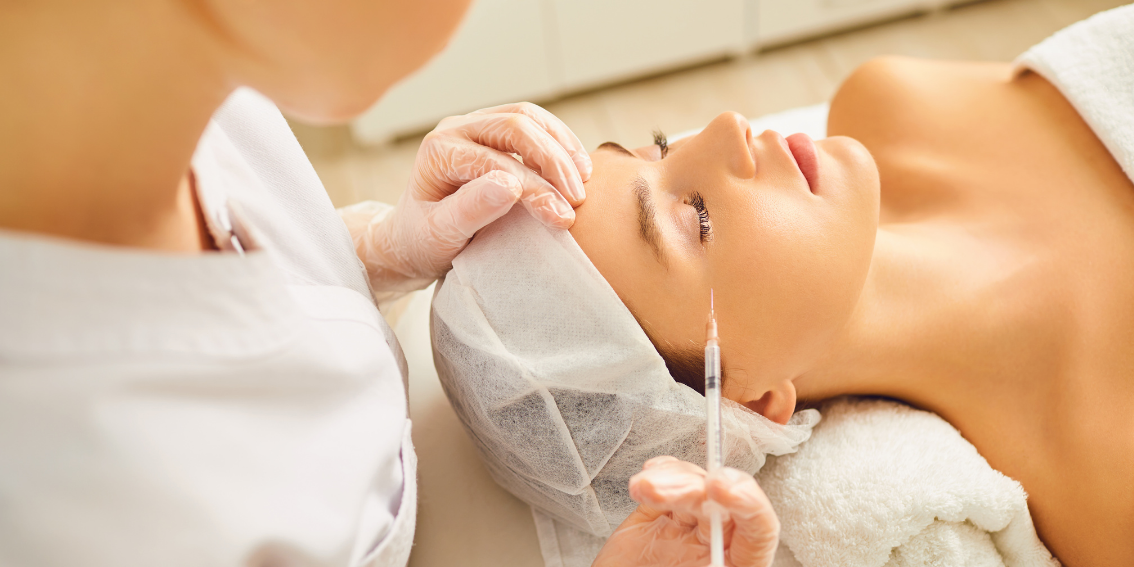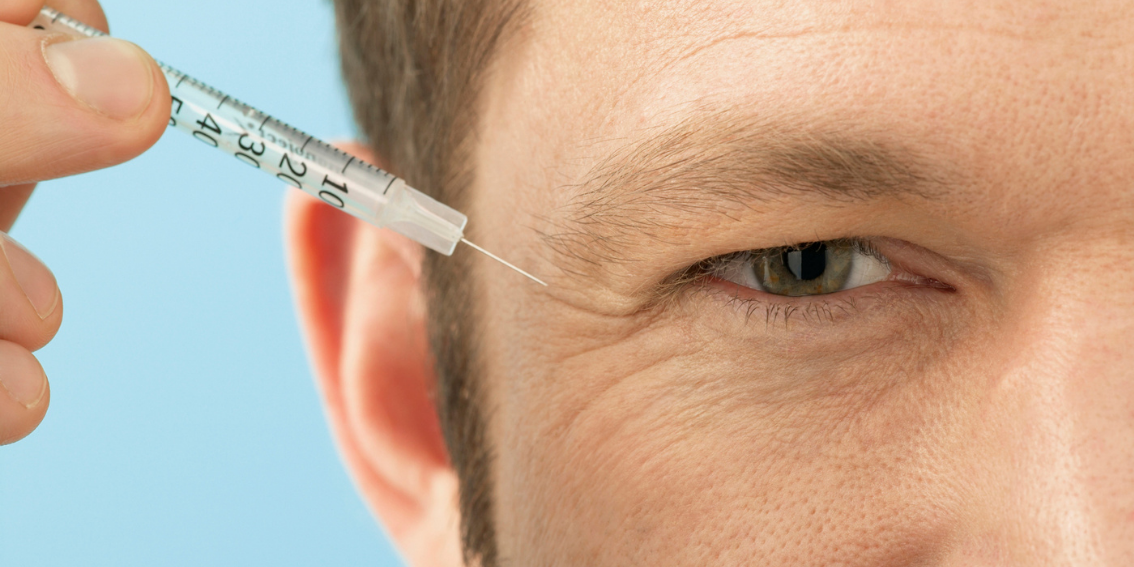Subtotal ₺0,00
No Widgets Added
Please add some widget in Offcanvs Sidebar
Shopping cart
- About
- Procedures
-
-
- Eyelid Aesthetics
- Upper Eyelid Aesthetics | Eyelid Lift
- Revision Eyelid Drooping Surgery
- Revision Eyelid Surgery
- Almond Eye Aesthetics
- Personalized Infraorbital Implant
- Eyelid Aesthetics
- Eye Shape Change
- Eyebrow Lift
- Canthoplasty | Eye Corner Shaping Surgery
- Epicanthoplasty| Inner Eye Corner Aesthetics
- Under-Eye Hollow Surgery and Sunken Eye Treatment
- Eyelid and Face Fat Injection
- Drooping Eyelid Surgery | Ptosis
- Asian Type Eyelid Aesthetics | Double Eyelid Surgery
- Eyelid Aesthetics
-
- Reconstructive Eye Plastic Surgery
- Eye Asymmetry
- Eyelid Contractions | Blepharospasm
- Face and Eyelid Paralysis & Bell's Palsy
- Congenital | Pediatric Oculoplastic Surgery
- Eyelid Injury Surgery
- Chemosis | Edema in the Eye Membrane
- Eyelid Skin Cancer and Reconstruction
- Eyelid Rotation Disorders: Entropion and Ectropion
- Eyelid Retraction
- Eyelid Chalazion (Stye) Surgery
- Tears and Lacrimal Duct Problems | DCR Surgery
- Reconstructive Eye Plastic Surgery
-
- Non-Surgical Eyelid and Eye Contour Aesthetic Applications
- Botox
- Mesotherapy Applications
- PRP Treatment | Platelet Rich Plasma
- Smart Fill Application
- Rope Hanger Application
- Treatment for Eye Circles and Dark Circles
- Eyelid Skin Rejuvenation with CO2 Laser
- Filler Injection (Under Eye and Face)
- Cataract Surgery
- Child Eye Examination
- Excimer Laser Surgery
- Lasik Eye Surgery
- Dry Eye Treatment
- Contact Lens Application
- Glaucoma (Eye Pressure) Monitoring and Treatment
- Non-Surgical Eyelid and Eye Contour Aesthetic Applications
-
-
- Support
 English
English
- +90 553 711 9090
- info@drkubra.com.tr
- Atakoy Towers, Block A, Floor 15, No 182 Bakirkoy/Istanbul





